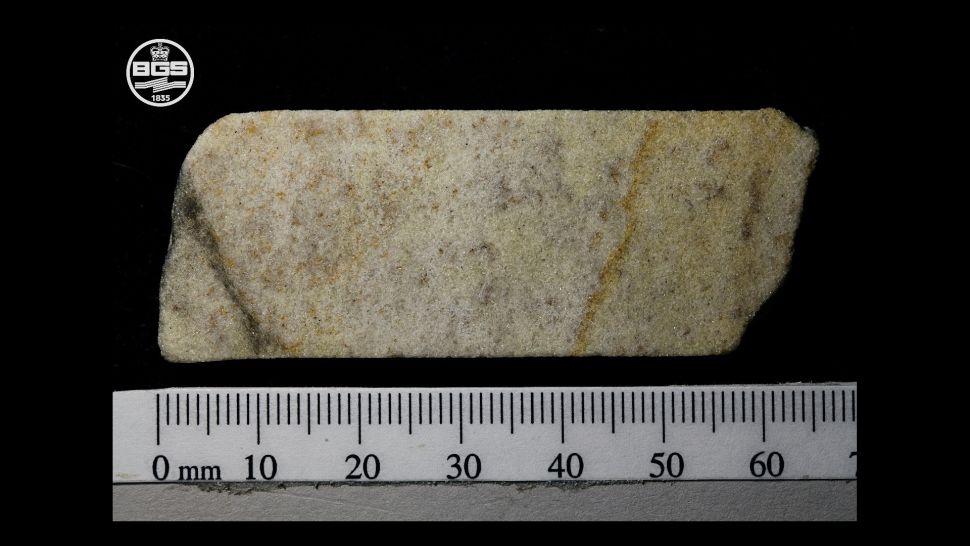
Sample of the core from Stone 58 (British Geological Survey)
"We have CT-scanned the rock, zapped it with X-rays, looked at it under various microscopes and analyzed its sedimentology and chemistry," said study lead author David Nash, a professor of physical geography at the University of Brighton in England.
"With the exception of thin-section analyses and a couple of the chemical methods, all of the techniques we used in the study were new both to Stonehenge and the study of sarsen stones in the UK," Nash told Live Science in an email.
Stonehenge's central circle of pillars was erected during the Neolithic period, about 2,500 years ago, according to English Heritage, a nonprofit organization that manages historic monuments in England.
"Sarsens were erected in two concentric arrangements – an inner horseshoe and an outer circle – and the bluestones [smaller monument stones] were set up between them in a double arc," English Heritage said on its website.
Read the rest of this article...
No comments:
Post a Comment
Note: Only a member of this blog may post a comment.